Cutting Carbon with Andrew Eagles
Click HERE to view Andrew Eagles Presentation
Andrew Eagles, CEO of the NZGBC, took the time to give two presentations to the people of the Southern Lakes. Once in Wānaka and again in Queenstown.
In his presentations, Andrew covered off why reducing carbon emissions is so important. Quoting the IPCC chair Hoesung Lee, Andrew stressed the concept that "if we act now, we can still secure a liveable planet", going on to add his own ending of "we might!".
While many different sectors can work towards accomplishing global carbon reduction goals, the building sector has a lot it can do itself.
According to Andrew's presentation, the built environment currently accounts for about 20% of emissions in New Zealand, with current homes generating about 5 times too much carbon.
Even though many in the room were already familiar with the concepts of operational and embodied carbon, Andrew’s refresher was helpful, explaining that each account for about half of the built environment’s emissions in New Zealand.
“We know how to tackle operational carbon emissions, and New Zealand has a goal of near zero for operational carbon by 2030”, says Andrew. That leaves a large focus on embodied carbon, where there's a significant opportunity for reductions.
In relation to a building’s whole-of-life, the first 5 stages are where we can make substantial impact. This includes material extractions, manufacturing and transportation. Simply looking at the materials used in a building, for example between concrete, steel or timber, we can see improvements to the amount of embodied carbon used.
In 2020, the government produced two documents (Transforming Operational Efficiency and Whole-of-Life Embodied Carbon Assessment) to set out the trajectory of decarbonisation in the building industry. Unfortunately, NZGBC’s Closing the Gap report shows we are way off target to meeting these goals. About 20,700 kilo tonnes of C02e by 2030, and that was prior to the cancellation of certain targets.
However, the report also left us with some hope, showing that the building industry has the ability to "deliver 30% of needed carbon savings" here in New Zealand.
Andrew’s presentation then delved deep into how NZGBC is hard at work to try and roll out these improvements. In addition to certifications such as Green Star and Homestar, the organisation has also worked with the sector to developed a new standardised carbon calculator tool free for anyone to use, called the Homestar Embodied Carbon Calculator or HECC.
Prior to its development, NZGBC had found different carbon measuring tools to be up to 80% off from each other. They hope that the new standardised tool, with drop down select option for materials, is not only user friendly but will also become widely used. Free access HERE!
While you don’t need to build to Homestar or Green Star to reduce a building’s carbon footprint, both of these certifications are becoming more popular, and with good reason. Not only do these programs make buildings more carbon friendly, but they also are healthier and more cost effective.
Homes built to Homestar are expected to save its dwellers $400-700/year. And when it comes to the cost to build, a new report by Aurecon shows that building to homestar is only 0-0.5% more expensive.
In addition to the release of its carbon calculator, NZGBC has also recently released a Homestar Design Guide, aimed at making it even easier to build to Homestar and answer any questions about the programme anyone may have.
There were some pretty amazing Q&A and panel discussions following Andrew’s presentation.
In Wānaka, panelist Joe Lyth of Respond Architects and one of the few to have accomplished a Homestar 10 build, explains how he often hears people complaining of the cost or difficulty to build to Homestar.
"It's not too hard, you just need to look,” says Joe. “NZGBC has all the free tools, and has made it easy for you”.
When looking at how to build, many consumers tend to focus on cutting costs at the design phase but end up paying more in the construction phase. If we look to reverse this, our builds can become healthier, greener and more cost effective by reducing labor costs and unexpected payments.
In both Wānaka and Queenstown, audience members wanted to know what could be done to tackle these issues. Even though Andrew reassured everyone that Building for Climate Change is signed legislation, we have yet to see substantial outcomes from it.
The message that our panelists wanted to leave everone with, is that we can still make these changes to our building practices without government. “Homestar is very voluntary at the moment. Until things are governed, it's worth proving that they are worth doing”, says panelist Charlotte Muschamp.





